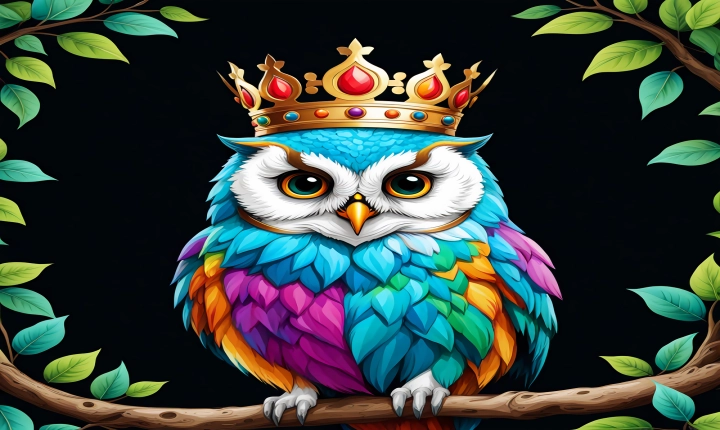AI (Artificial Intelligence) has made significant strides in various industries, and the world of animation is no exception. The question of whether AI can make animations is a topic that has sparked much debate. With the advancements in AI technology, the prospect of AI-generated animations is becoming increasingly realistic, raising both excitement and concern among animators, artists, and audiences alike.
One of the key areas where AI is proving to be valuable in animation is in the generation of realistic movement and character behaviors. Traditional animation techniques often involve painstaking frame-by-frame drawing or 3D modeling and animation, which can be time-consuming and labor-intensive. However, AI-powered tools are now capable of creating lifelike animations, including facial expressions, body movements, and even complex interactions between characters.
AI’s ability to learn and adapt from vast amounts of data allows it to analyze and replicate human movements and behaviors with impressive accuracy. This has opened up new possibilities for creating animations that not only look realistic but also possess a level of nuance and subtlety that was previously difficult to achieve through traditional methods.
Furthermore, AI has also revolutionized the process of generating backgrounds, landscapes, and special effects in animations. By analyzing patterns and textures from massive datasets, AI algorithms can generate highly detailed and immersive environments that seamlessly blend with animated characters and objects. This has significantly reduced the time and effort required to produce visually stunning animations.
While the capabilities of AI in animation are impressive, there are also concerns surrounding the potential implications for human creativity and artistic expression. Some worry that the increasing reliance on AI-generated animations may lead to a homogenization of styles and a loss of the unique touch that human artists bring to their creations. Additionally, there are ethical considerations regarding the ownership and use of AI-generated content, as well as the potential displacement of human animators from their roles.
Despite these concerns, the integration of AI in animation presents exciting opportunities for artists and animators. AI tools can serve as powerful aids for streamlining the animation process, allowing creators to focus more on storytelling and design, as well as experimenting with innovative techniques that blend human ingenuity with AI-generated elements.
As technology continues to advance, it is inevitable that AI will play an increasingly important role in the animation industry. The key lies in finding a balance between harnessing the capabilities of AI to enhance creativity and ensuring that human artists remain at the heart of the animation process. Ultimately, the collaboration between AI and human talent has the potential to usher in a new era of groundbreaking animations that captivate and inspire audiences around the world.
